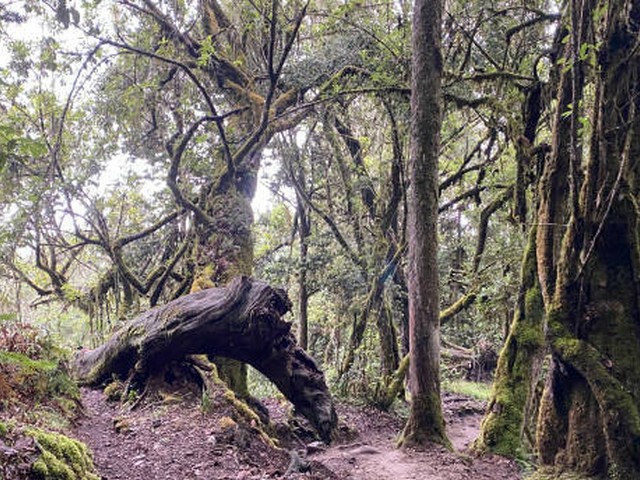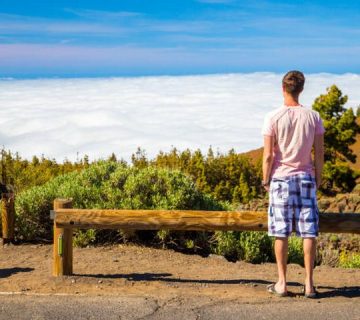Sustainable Travel Kilimanjaro National Park: A Journey to Remember
Nestled in the heart of Tanzania, the majestic Mount Kilimanjaro isn’t just a sight to behold; it’s an invitation to partake in a transformative journey, one that combines adventure with the profound responsibility of conservation. At Kilimanjaro Centre for Trekking and Ecotourism (KCTE), we believe that your trek can leave a positive footprint on the environment and the local communities. This guide is dedicated to all passionate travelers who dream of scaling the lofty heights of Kilimanjaro while embracing the principles of sustainable travel.
Why Choose Sustainable Travel in Kilimanjaro National Park?
Sustainable travel is not just a trend; it’s a necessity. As the highest peak in Africa, Kilimanjaro attracts thousands of climbers annually, which can lead to significant environmental and social impacts. Sustainable travel practices ensure that we preserve the mountain’s natural beauty and support the surrounding communities, making your visit beneficial not just for you but also for the host region.
The Impact of Your Footsteps
Every step you take on the mountain affects the fragile ecosystems of Kilimanjaro National Park. Sustainable travel practices help minimize negative impacts and ensure that future generations can also enjoy the awe-inspiring beauty of this Tanzanian icon.
How KCTE Promotes Sustainable Tourism
At KCTE, sustainability isn’t just a part of our policy; it’s at the core of everything we do. Here’s how we make sure your trek is as green as it is thrilling:
1. Eco-Friendly Practices
Waste Reduction: We advocate for ‘pack it in, pack it out’ practices. All our treks include comprehensive waste management systems to ensure that no trash is left on the mountain.
Energy Conservation: We use solar chargers and encourage the minimal use of non-renewable energy sources in our campsites to reduce carbon footprints.
2. Supporting Local Communities
Employing Local Guides and Porters: We believe in empowering the local communities. By employing local guides and porters, we ensure that your travel benefits the local economy directly.
Fair Wages and Treatment: At KCTE, fair treatment of our staff is paramount. We adhere to responsible tourism by ensuring fair wages and working conditions for our team.
3. Conservation Initiatives
Reforestation Projects: We actively participate in and sponsor reforestation efforts to combat the deforestation challenges in the Kilimanjaro region.
Wildlife Conservation: KCTE supports wildlife conservation projects to protect the biodiversity of Kilimanjaro National Park, including its unique flora and fauna.
Tips for Being a Responsible Climber
Being a responsible climber goes beyond following the rules. Here are some tips to enhance your experience while preserving the integrity of this majestic mountain:
Respect Local Customs and Culture
Understanding and respecting the local culture is a cornerstone of sustainable travel. Engage with local communities respectfully, and take time to learn about their traditions and values.
Stay on Designated Paths
Straying from marked paths can lead to soil erosion and other forms of environmental degradation. Always follow your guide’s instructions and keep to the designated routes.
Opt for Eco-Friendly Gear
Where possible, choose environmentally friendly gear for your climb. This includes biodegradable products and equipment made from recycled materials.
Contribute to Conservation Efforts
Participate in or donate to conservation projects. Every small contribution aids in the preservation of Kilimanjaro’s natural and cultural heritage.
Plan Your Sustainable Trek with KCTE
Ready to undertake the adventure of a lifetime? Book your Kilimanjaro climb with Kilimanjaro Centre for Trekking and Ecotourism. Experience the beauty of Kilimanjaro National Park responsibly, knowing that your adventure is supporting environmental conservation and community empowerment.
Frequently Asked Questions
What is the best time to climb Kilimanjaro?
The best times to climb Kilimanjaro are during the dry seasons, from June to October and from December to March. These periods offer the most favorable weather conditions for trekking.
How difficult is the climb?
Climbing Kilimanjaro is a challenging endeavor, but it is manageable with proper preparation and training. KCTE offers various routes with different difficulty levels to suit different fitness levels.
How does KCTE ensure the safety of its clients?
Safety is our top priority. KCTE provides experienced guides, regular health checks, and all necessary safety gear. We also maintain constant communication with park authorities to ensure a safe trekking experience.
How long does it take to climb Kilimanjaro?
The trek can take anywhere from five to nine days, depending on the chosen route. KCTE offers customized itineraries to fit different schedules and preferences.
Conclusion
Climbing Kilimanjaro is more than just an adventure; it’s a commitment to preserving one of the world’s most awe-inspiring landscapes. By choosing sustainable travel practices with KCTE, you contribute to a larger purpose—protecting the natural environment and uplifting local communities. Embark on your journey to the roof of Africa with us, where every step counts towards a sustainable future.
Book your climb today with Kilimanjaro Centre for Trekking and Ecotourism, and be part of a movement that cherishes and preserves the beauty of Kilimanjaro for generations to come. Let’s climb responsibly and celebrate the spirit of adventure sustainably!




